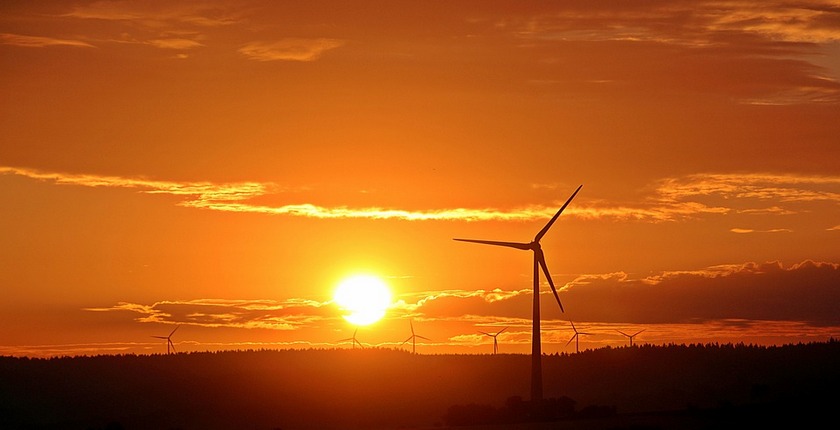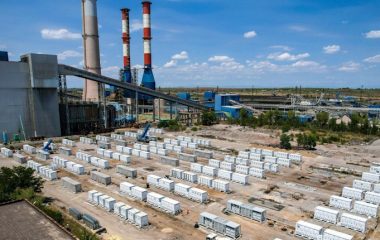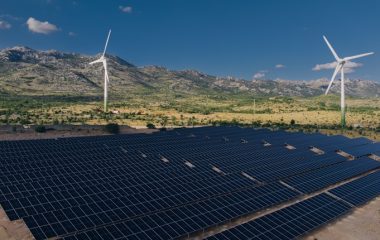
Photo: Pixabay/Myriams-Fotos
By unlocking its vast solar and wind power resources, Albania could significantly improve its energy security and resilience to climate change impacts, diversify its energy mix, and achieve important socio-economic benefits, according to a new report by the International Renewable Energy Agency (IRENA).
Albania’s cost-effective solar and wind potential is estimated at more than 7 GW, which is more than three times the country’s total installed electricity generation capacity. Around 616 MW of the wind energy potential is deployable by 2030, the IRENA report notes.
Albania’s cost-effective solar and wind potential is estimated at over 7 GW
When it comes to solar energy potentials, Albania is among European countries with the highest number of sunshine hours per year, which can be used to generate electricity from solar photovoltaic installations PV, and heat water with solar thermal panels, IRENA notes.
Hydropower capacities are highly dependent on annual rainfall
The report notes that Albania already has one of the highest shares of renewable energy in Southeastern Europe thanks to its vast hydropower capacities, but that it is also highly dependent on annual rainfall. In 2017, the country was forced to import nearly 40% of its power due to low rainfall.
The report also proposes policy and regulatory steps to unlock much of the country’s variable renewables resources, and these recommendations aim to help Albania develop a National Energy and Climate Plan (NECP) that will set renewable energy targets through 2030.
Welcoming IRENA’s recommendations, Albanian Minister of Infrastructure and Energy Belinda Balluku said the country is stepping up efforts to provide enabling conditions for renewable energy development and comply with regional and international commitments.
Albania has the opportunity for a sustainable post-COVID recovery, IRENA chief says
According to IRENA Director-General Francesco La Camera, the report shows that Albania has the opportunity to align its economic recovery measures following the COVID-19 pandemic to a stable and sustainable long-term growth.
The report also calls for strengthening Albania’s existing support mechanisms for renewable energy deployment, streamlining approval processes, and setting up a renewable energy agency that would help coordinate the development of renewables in line with the country’s national and international obligations.


















Be the first one to comment on this article.